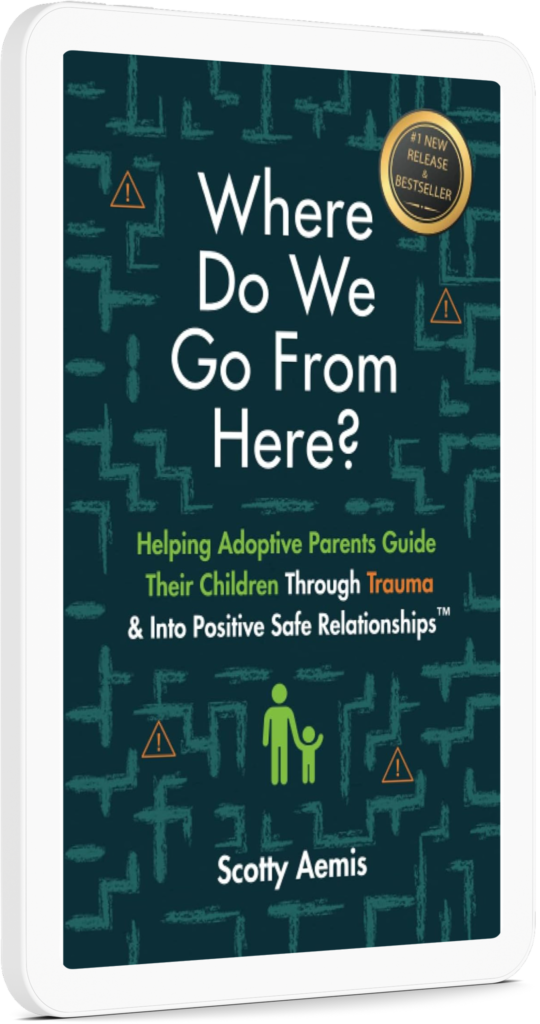Ideas for Designing a Space that is Calming and Regulating
Spaces evoke some type of emotion, whether it is a home, a classroom, or an office. Making a space “trauma informed” might sound silly on the surface, but when you approach it from the view of wanting a space to feel calm, inviting, and safe, you wouldn’t be remiss to think that is a great idea. In other words, no one likes walking into spaces that make them feel stressed.
It is important to note that different people respond to the same setting in unique and different ways. So when creating a space that is trauma-informed, it’s important to keep these five ideas in mind.
1 | Keep it Organized
When things are disorganized, it can create a sense of chaos, which can make some people feel unsafe and stressed. Conversely, organized spaces naturally feel calmer. To create a trauma-informed space, make sure that everything has a place and is in its place! It’s also important to recognize that taking time to tidy up at the beginning of the day is a proactive way to stay regulated.
2 | Clear Pathways
Classrooms, offices, and homes are understandably getting more crowded for various reasons, such as more technology, higher student to teacher ratio, smaller rooms, etc. Because of this, you might have to get a little creative with your setup. The point is to ensure that exits are easily accessible. Not only is this a safety concern during an event such as a fire, but when it comes to those who have experienced trauma, it is important to not make them feel as though they are trapped.
3 | Make it Inclusive
When in group settings, such as homes or classrooms, it is important to make each individual feel like they are seen and that they belong. This is done from a visual standpoint. In a home, this includes hanging pictures of all your children equally or displaying their artwork. In classrooms, decorations and curriculum should include individuals who look like your students or come from similar backgrounds. Having this representation is extremely powerful for all of your students, whether they have experienced adversity or not.
4 | Include Space to Regulate
Every office, home, or classroom should include a space to regulate. For example, this can be a calming room or corner. It can even be as simple as a table and chair in the back of the room with a few regulatory tools. As a parent or teacher, it is important to encourage self-regulation and to allow children to go to this space when needed.
5 | Add Plants
Like animals, plants can help evoke feelings of calmness. In fact, people often treat plants (and animals) with a greater level of respect because they recognize them as living things. This respect is often passed forward to others in the room or space. They can also brighten up spaces that may otherwise be clinical, making them more inviting.
6 | Color and Light
Light and color can also evoke particular emotions and create a more inclusive space. Natural light through windows should be allowed in as this can help create a more open and inviting space. For artificial lighting, ensure there is plenty of light for those with a visual impairment and controls for those with light sensitivities. When it comes to colors, stick to cool colors (blue, green, and purple) to create a calming effect, and avoid warm hues (red, orange, and yellow). Choosing lighter colors of highly saturated, deep colors can also make a space feel more open, as well as more calming. Be sure to avoid stark white walls.
Key Takeaways
Creating a calm, safe, and clutter-free space is key to helping the people in them stay regulated. Chaos, stimulating colors, and no specific area to regulate when experiencing dysregulation can create a stressful, even hostile environment. By making a space that is trauma-informed, safe, and welcoming, you can set yourself, your employees, your students, or children up for a successful and productive day!


